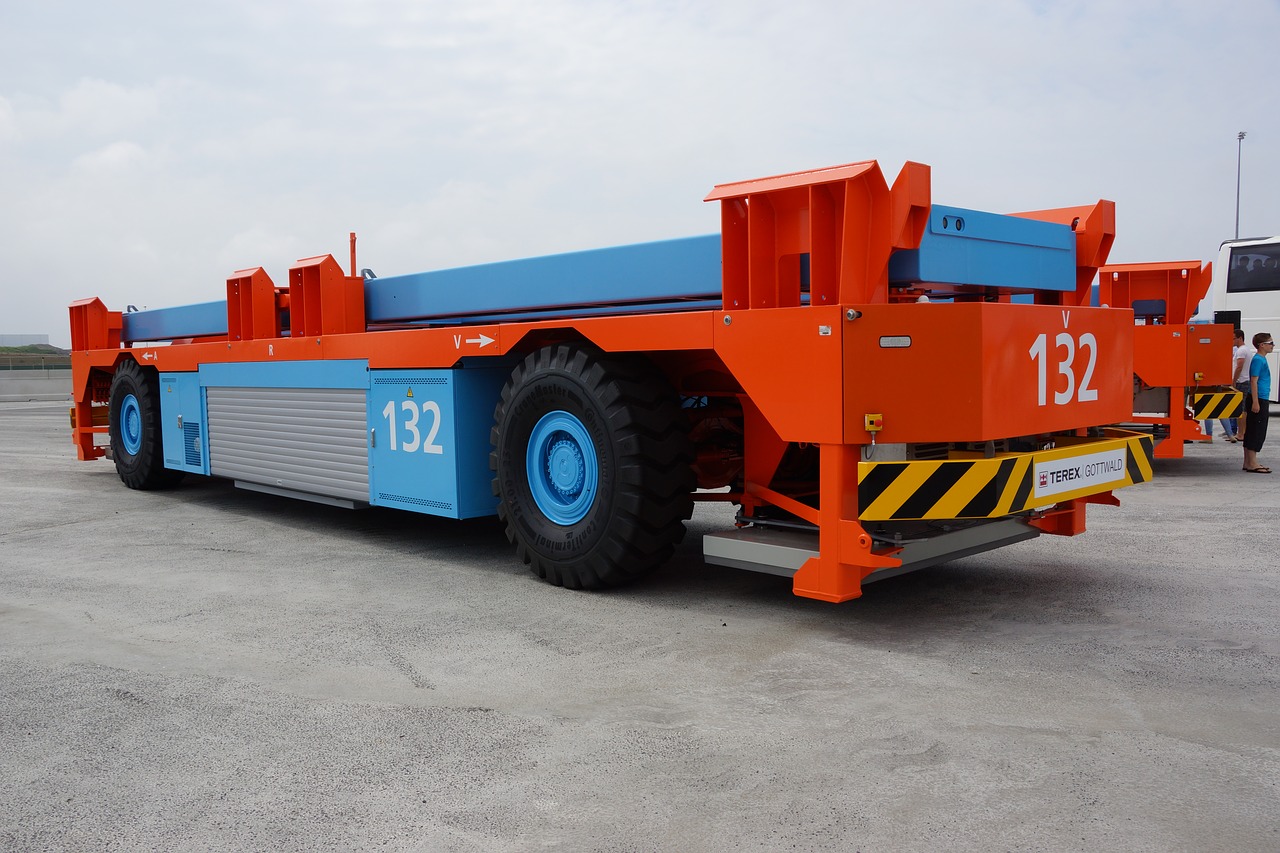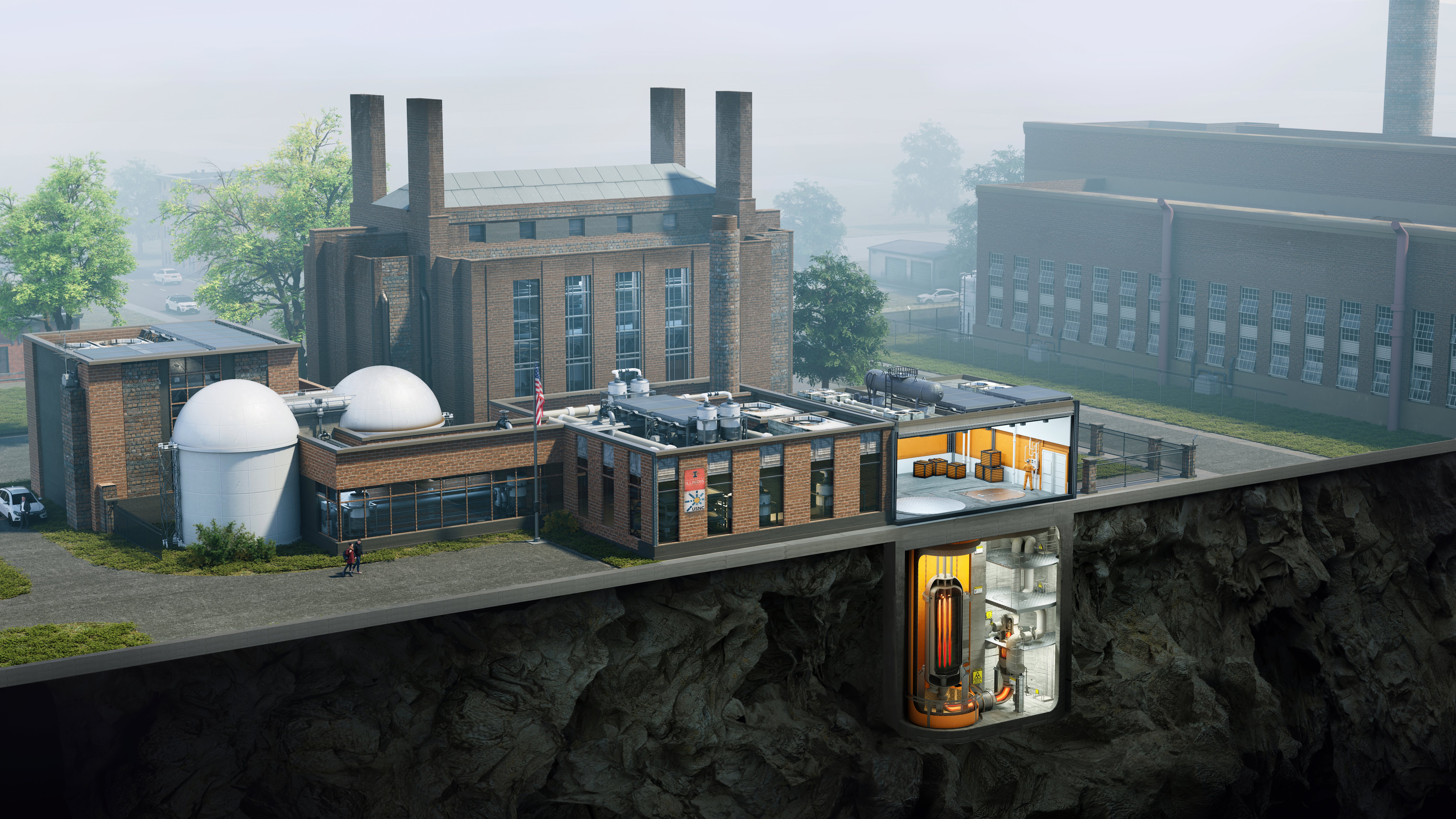The market of Automated Guided Vehicles (AGVs) is booming right now and the growth prospect that opens up for the future is nothing short of impressive. According to the predictions of the industry experts, the AGVs market is set to grow by 10.8% in five years, reaching an economic size of $3.64 billion. Here are the top four sectors that are expected to fuel this growth:
1. Logistics
This is a space where AGVs and AMRs (autonomous mobile robots) are already widely deployed, and all players in the field are expected to continue phasing out the human-driven parts of their workflow and replace them with automated solutions. It is a matter of competition, and no logistic chain and large warehouse can stay behind by ignoring the potential that spreads across pallet handling, order picking, trailer loading, load carrying, etc.
2. Healthcare
The healthcare sector is expected to be another key driver of the growth for AGVs, as there’s immense potential in having robots taking away laundry and waste, distributing meals, delivering medication to patients, or even moving heavy loads safely. The global pandemic has pushed the sector to its limits and beyond, making a clear case about the need to support the healthcare personnel with AGVs and robots.
3. Transportation
Already, the PSA Group has deployed a large number of AGVs in its production lines, which are working in harmony with human engineers undertaking the most demanding tasks in accordance with the instructions they receive. The situation is similar in aerospace, with Airbus recently commissioning a new assembly line for the fuselage of the A320, A321, and A321R, which relies heavily on AGVs. When it comes to carrying out tasks in confined spaces, under components, etc., there’s just no other feasible way that can compete with the solution of the AGV.
4. Pharmaceuticals
Because AGVs can declare all their movements and raw material deliveries onto a central system, the pharmaceutical industry finds it easier to perform process validations and cGMP with them. The situation is similar with chemical plants that produce specialty substances, plastics, or rubber.







